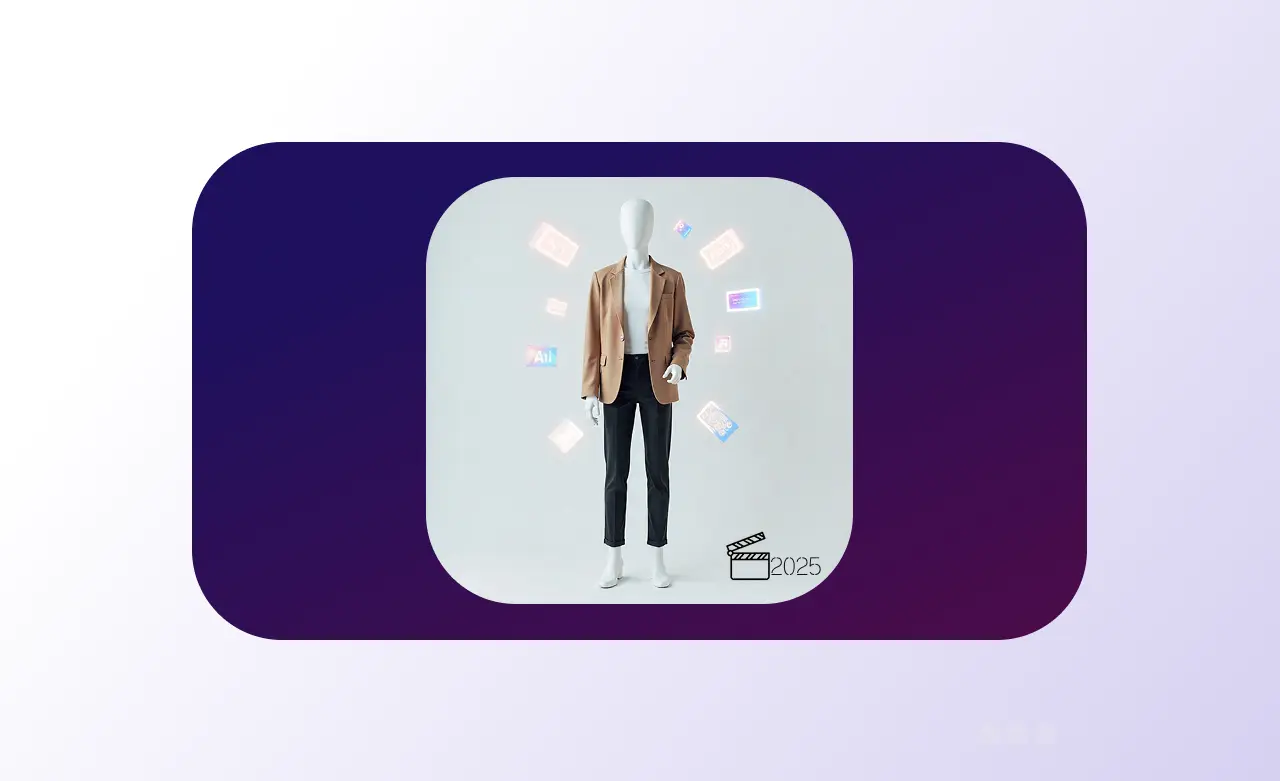6 Ways to Increase Your Online Catalogue Efficiency With Automatic Tagging

A product catalog is a place where your products are precisely ordered. But what is cataloging in e-commerce? It refers to the systematic arrangement of products in a way that enhances product discovery and organization across online platforms. Effective product taxonomy development is crucial for enhancing the product catalog, as it ensures that products are categorized in a way that aligns with consumer behavior and search patterns. Managing it isn’t always very simple. The more structured the products in the catalog are, the more it helps companies to market their products across channels and increases product exploration, which is an outlet for conversions.
Tagging products, including fashion product tagging, is a way to improve the organization of the product catalog. Not to mention that products become much more relevant when tagged with the correct keywords. However, the process of manual product tagging can be very inaccurate. It’s even more complicated for stores with large catalogs, where product tagging can last forever.
But, there’s a great solution to this problem—automatic tagging.
What is Automatic Tagging?
Automatic product tagging is a process that leverages deep learning to sort and tag product images based on the data the image brings. Thanks to the advanced image recognition algorithms, the whole tagging process can be automated and performed in no-time.
Many e-commerce stores are already using an automated product tagging platform as part of their online retail strategy.
Resource Saving
Automated product tagging for e-commerce eliminates the need for manual tagging, saving tons of time for store owners and brand owners. This means that the employees will have a lot more time to focus on more important tasks, like clever marketing campaigns, store management, and customer support, eliminating the need for hiring new people who will do product tagging most of the time.
Effective Catalog Management
Precise product tagging to catalog photos paves the way for streamlined and well-organized backend product stream. Adding specific tags to the product catalog picture helps track sales, reports the most popular products, highlights products that aren't so popular, and keeps stock levels under control, all while contributing to detail product optimization for better accuracy and organization.
Automatic tagging can be used based on different criteria. For example, it can organize products according to color, style, design, events, brands and other labels.
E-commerce managers can add more tags occasionally in order to stay in line with the industry's newest trends. Such tags represent a perfect way to affect possible buying decisions and therefore get a better understanding of attribute-level sales analytics.
Automatic tagging of the online catalog provides a better overview of all the products the e-commerce store has to offer, giving managers the opportunity to make better decisions.
Reduce Shopping Cart Abandonment Rate
There are many reasons why shoppers abandon their shopping carts. According to Barilliance, some industries mark an average cart abandonment of 83.6%. Unexpected shipping costs, the requirement to create a new account, payment security issues, and crashes of the online retail website, are only some of the possible reasons that make customers want to leave their shopping cart.
Another issue is the unavailability of the product they want. Automatic tagging can help with this one. Product tags are a great strategy that helps reduce losses due to these problems by giving the user the ability to choose from a wide variety of similar products, cheaper products, different brands, or related products.

Improve SEO
Although automatic tagging is considered more of a usability tool, it’s much more than that. It’s one of the most powerful tactics to improve the SEO of an e-commerce store. That's because tagging allows the reconfiguration of the website's internal hierarchical linking system, letting the connections be placed more strategically through the web.
With the years, Google has made its AI-based brain almost perfect. It can now understand search context and intent much easier than a few years ago.
Having tags available and, most importantly, clickable for users would boost the SEO of the website by offering keyword-friendly links to other content-rich areas of the online retail website.
The more important tag a product picture has, the bigger its potential is to feature in a relevant search result. Automated tagging annotates images with specific categories and reference marks automatically.
Discover Pixyle Ultimate Dress type Taxonomy Guide
Learn how to structure your catalog in a way that matches how people actually shop.


Boost your sales with AI product tagging
Optimize your eCommerce catalog to improve discovery and conversions.







